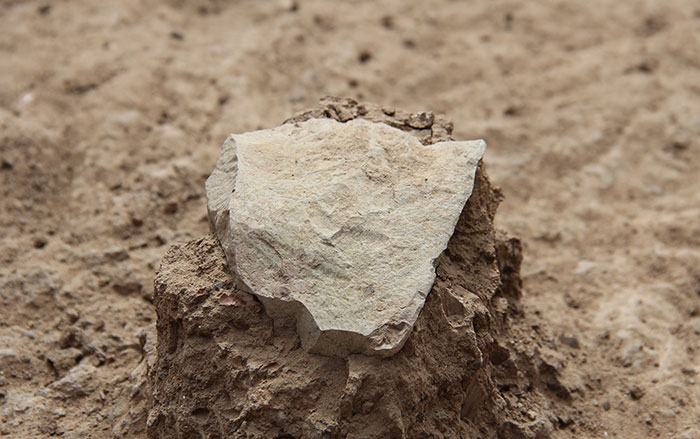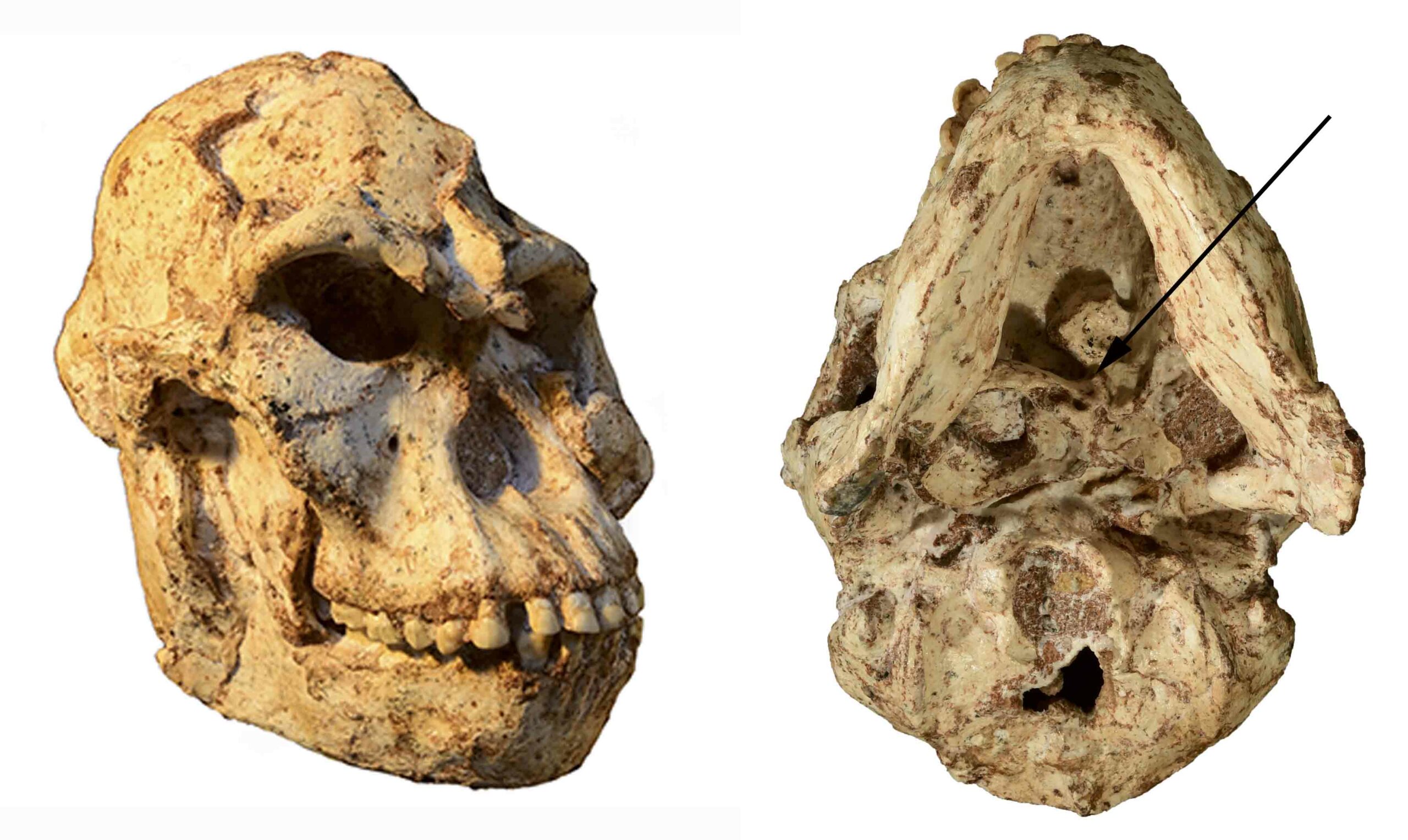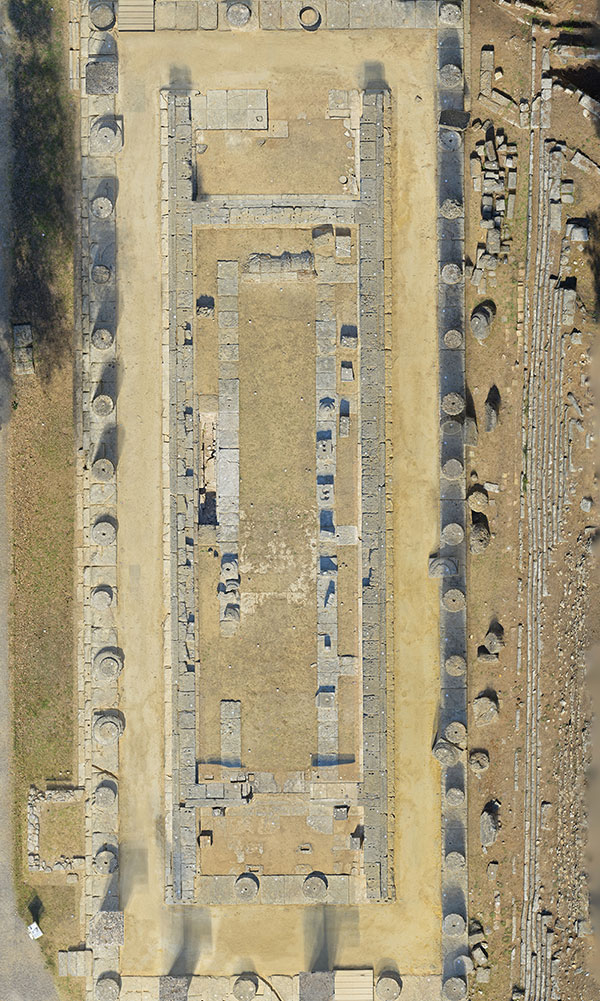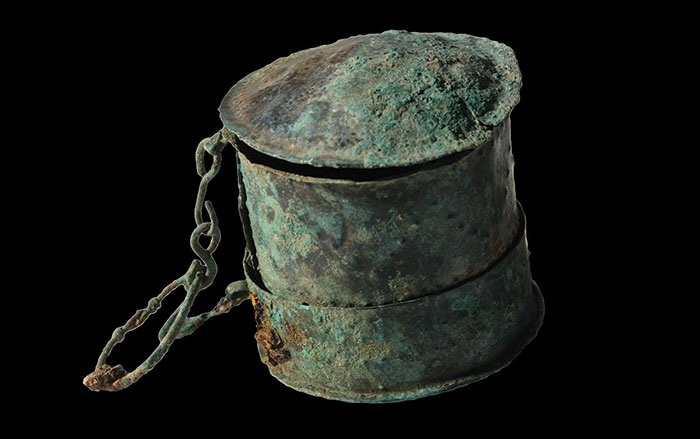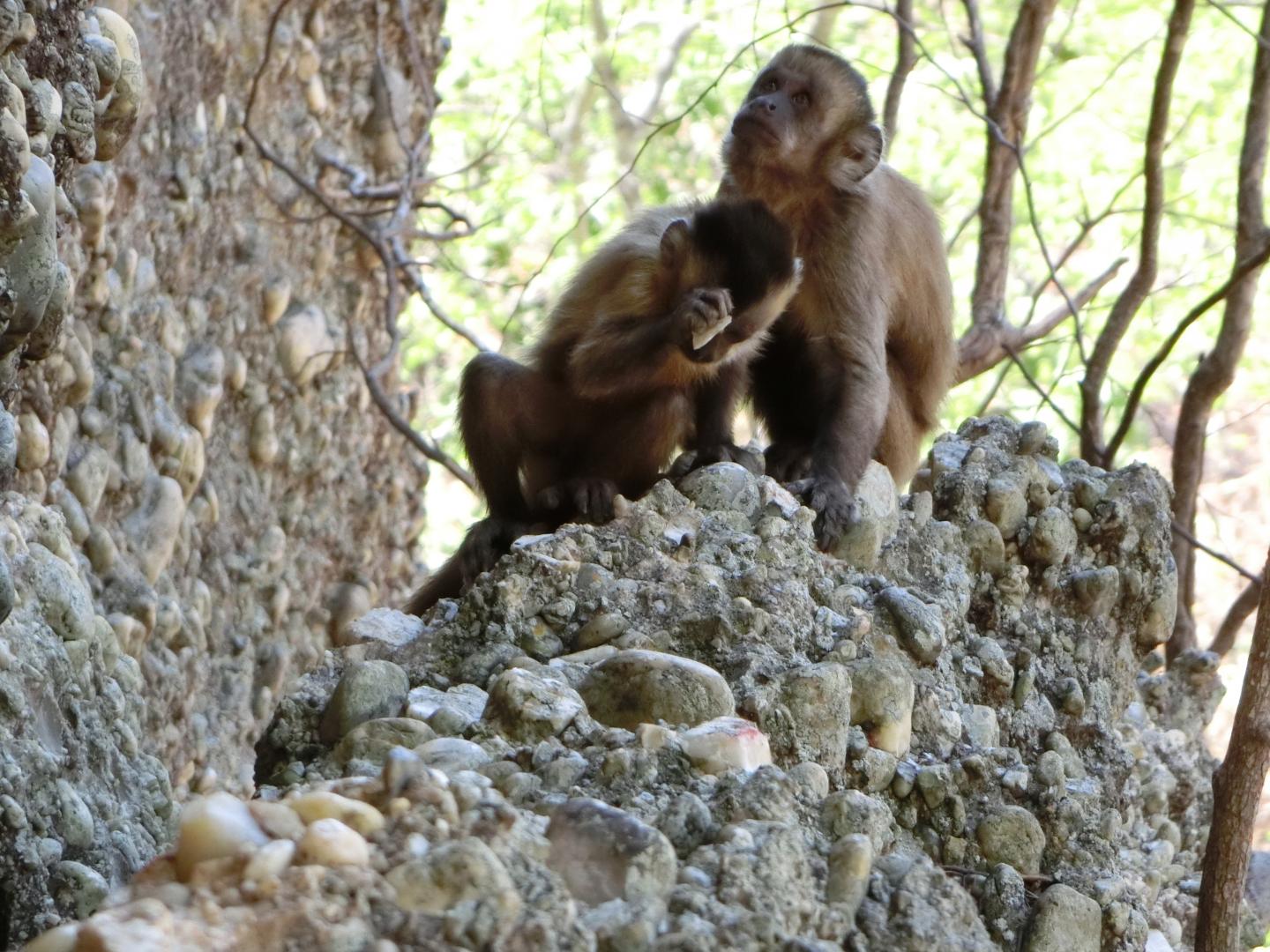
OXFORD, ENGLAND—Live Science reports that capuchin monkeys living in Brazil’s Serra da Capivara National Park have been observed banging rocks against one another, an action that produces a cobble with a single flat side that is called a “unifacial chopper” by archaeologists. Unifacial choppers bear telltale scallop-shell-shaped breakages called conchoidal fractures. It had been thought that such modified stones were only made by hominins. According to observations made during the study, the monkeys sometimes lick the rocks, perhaps to ingest lichens or minerals, but they don’t use them as tools. Instead, they use other rocks to break open nuts. Researcher Tomos Proffitt of the University of Oxford says the study shows that modern primates can produce some types of artifacts that have until now been attributed to hominins alone, and will require scientists to rethink how they determine whether a stone tool was made by a human ancestor or human relative. For more, go to “The Neolithic Toolkit.”


